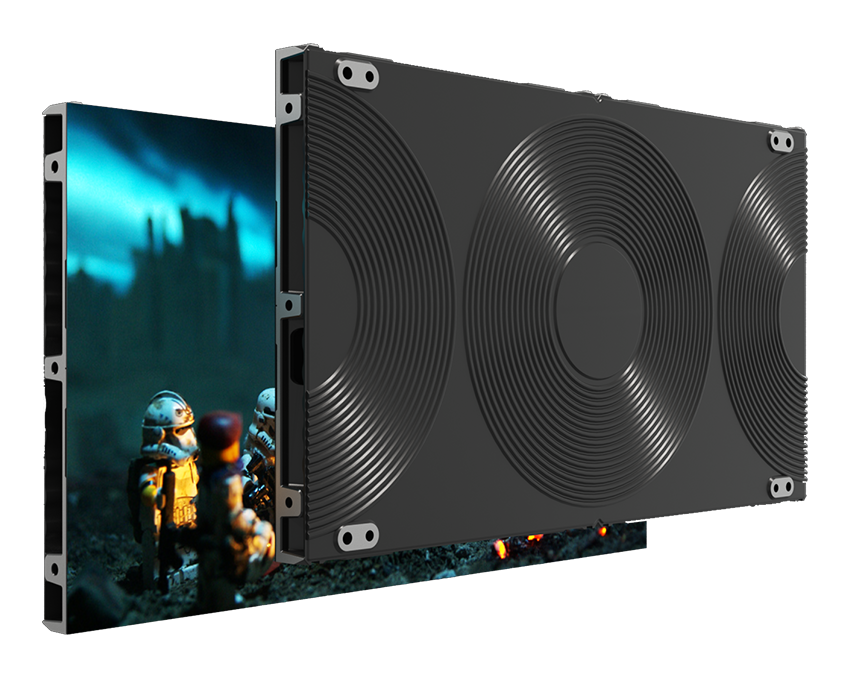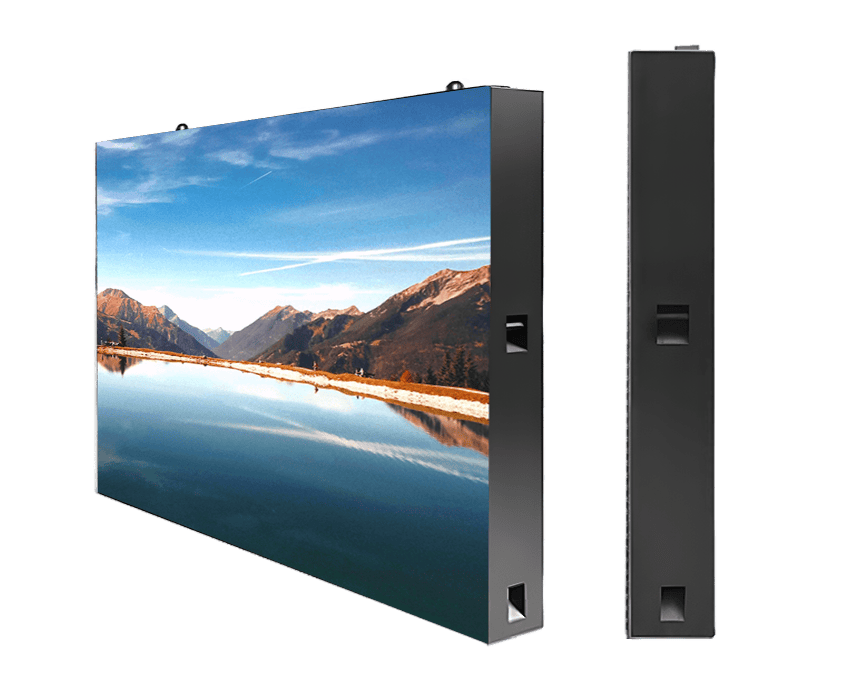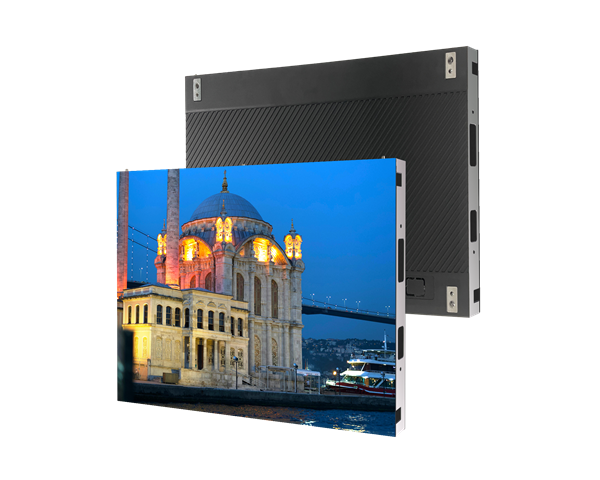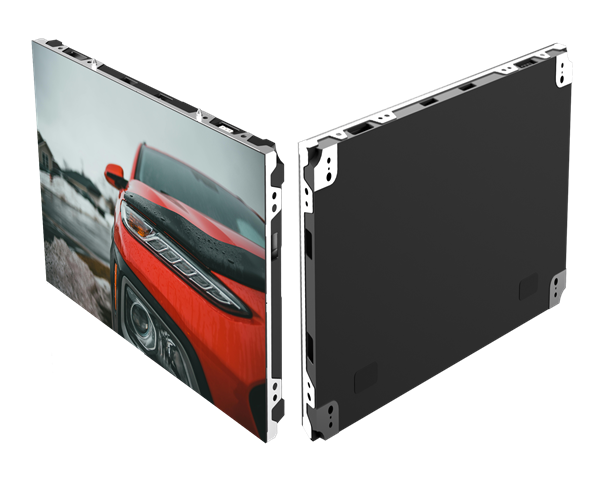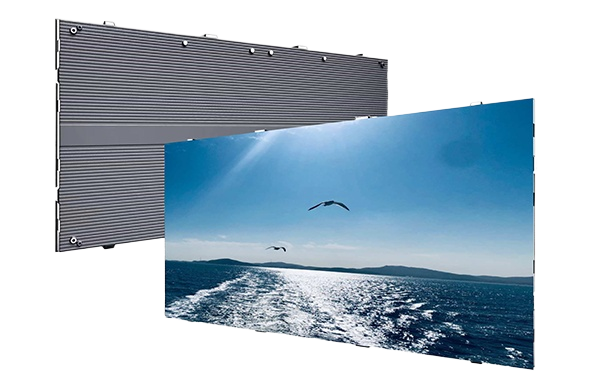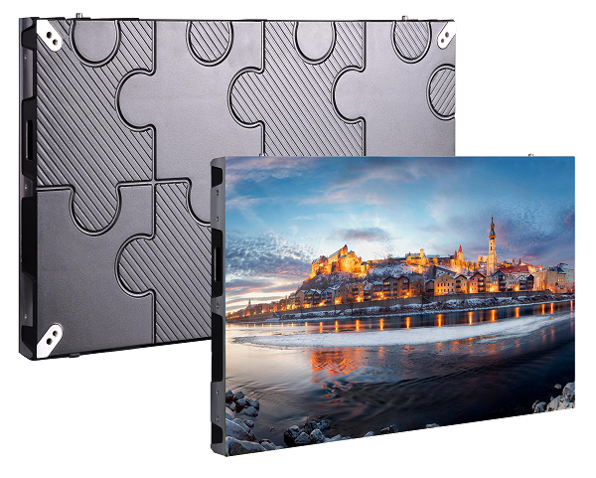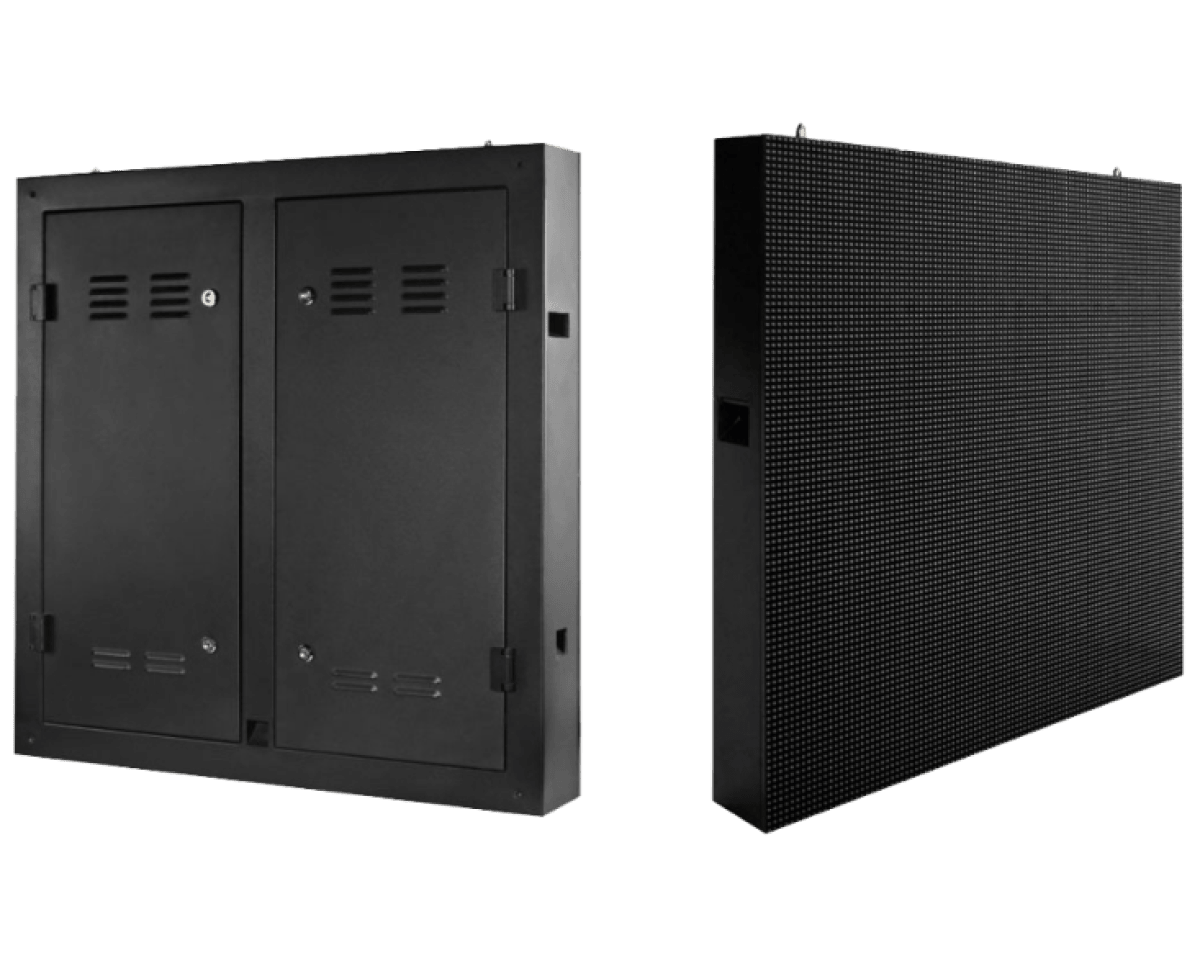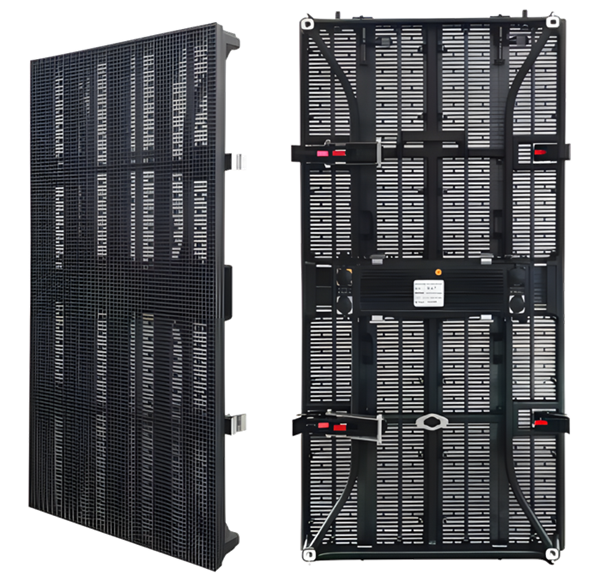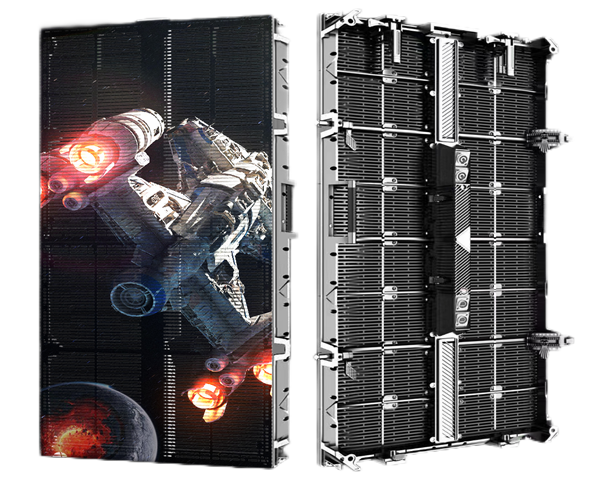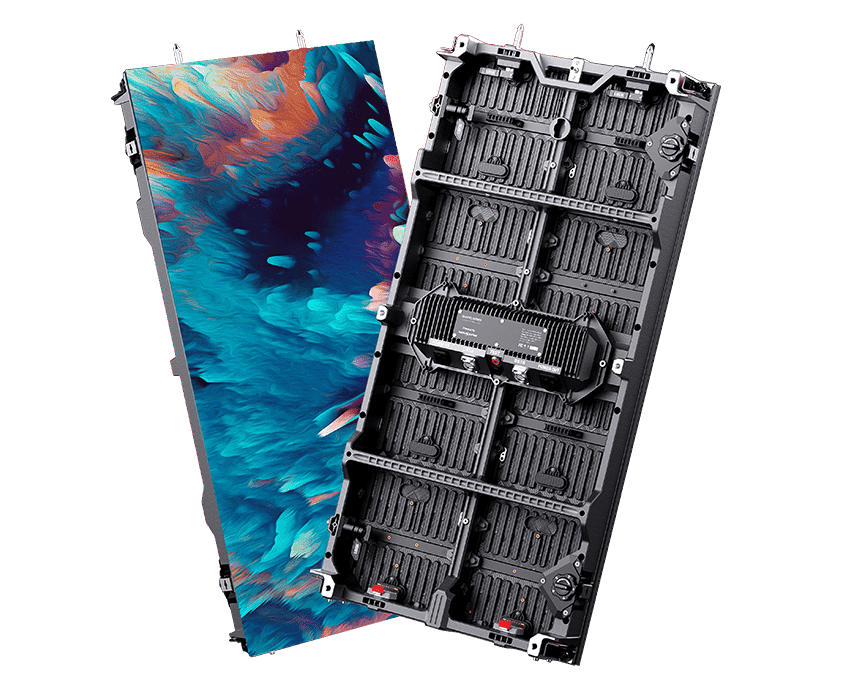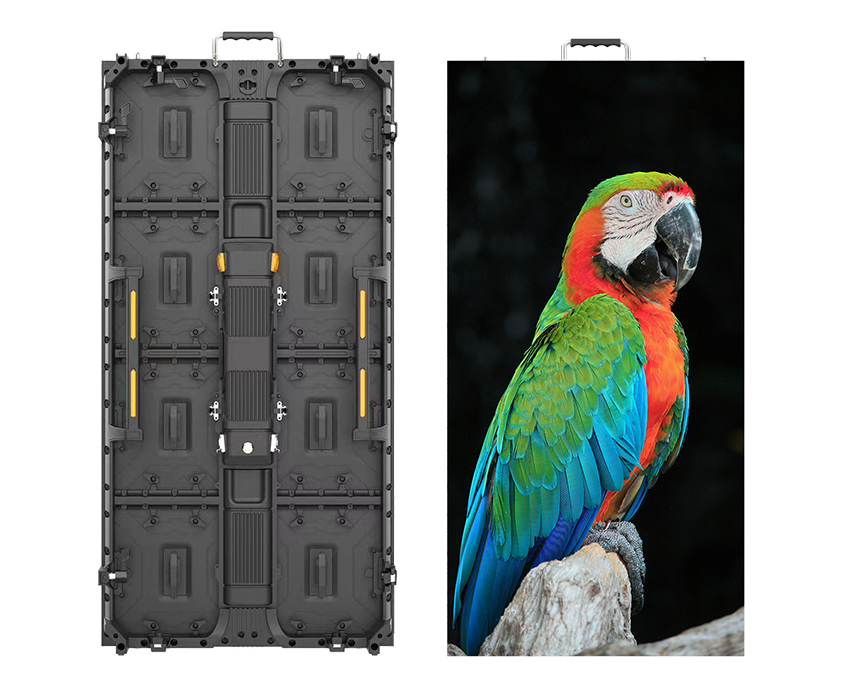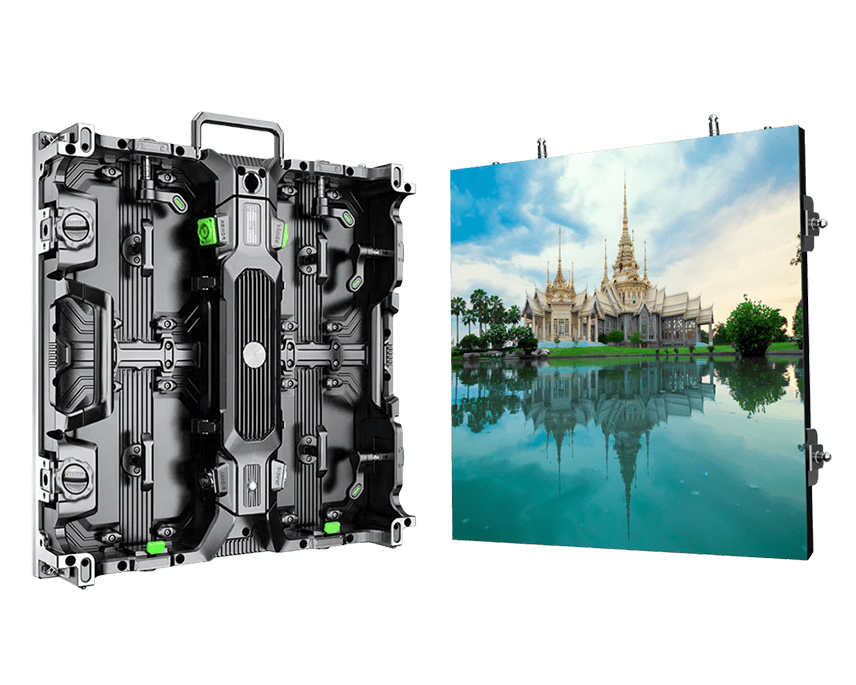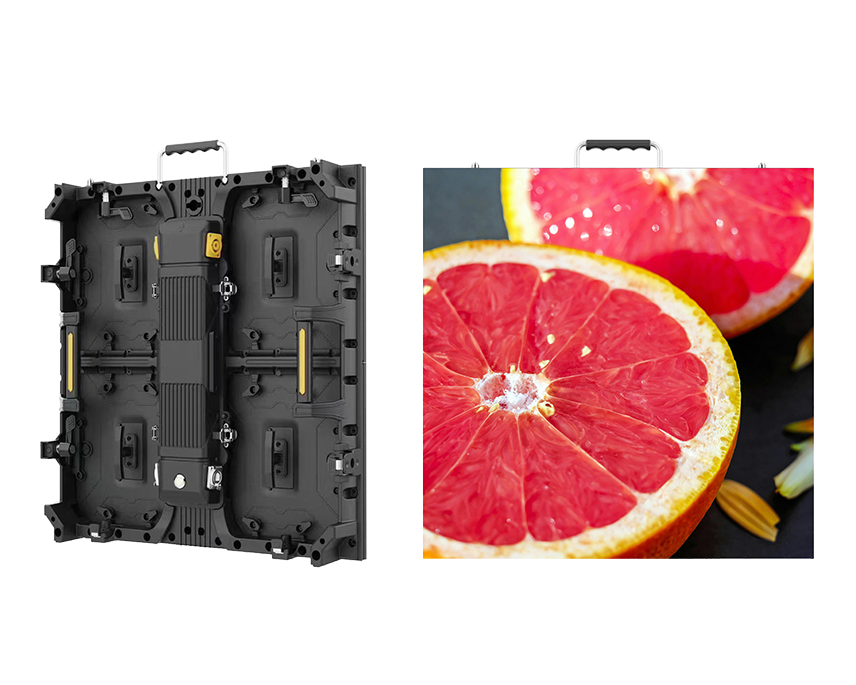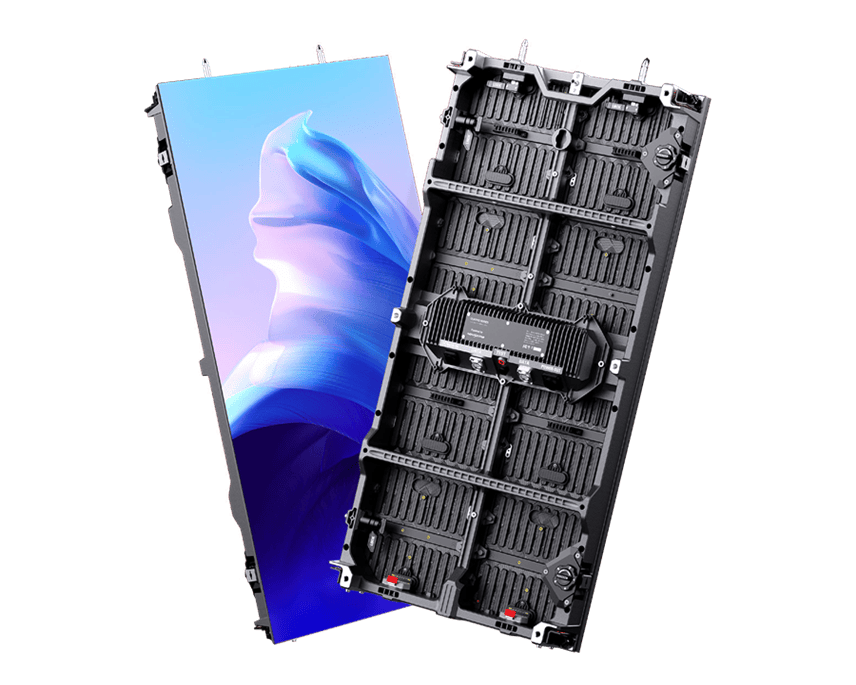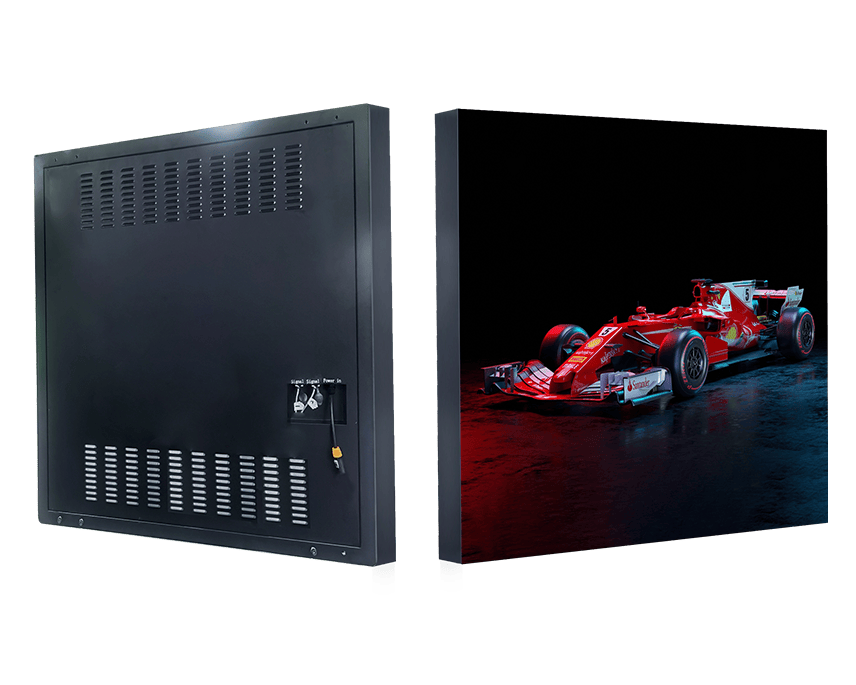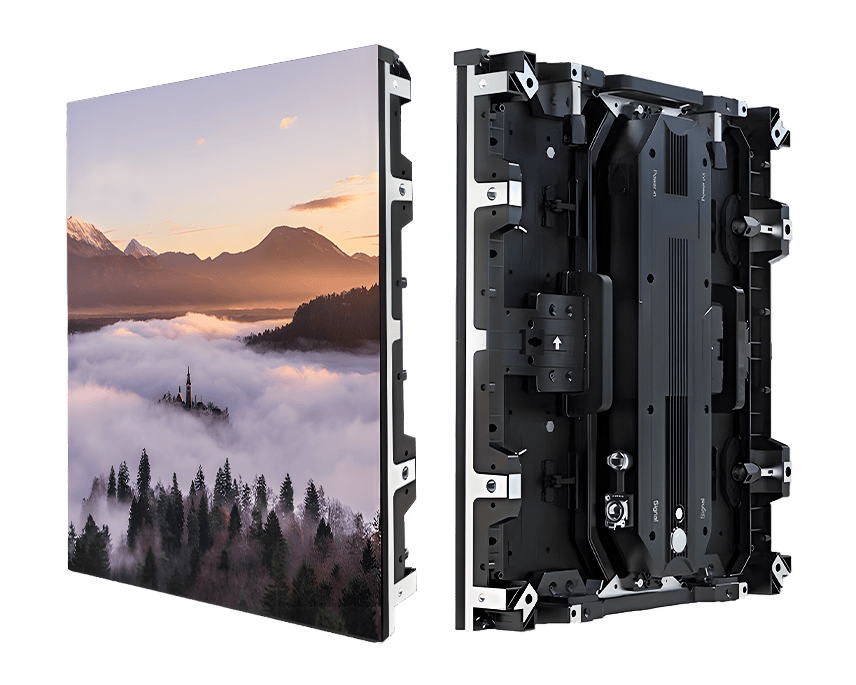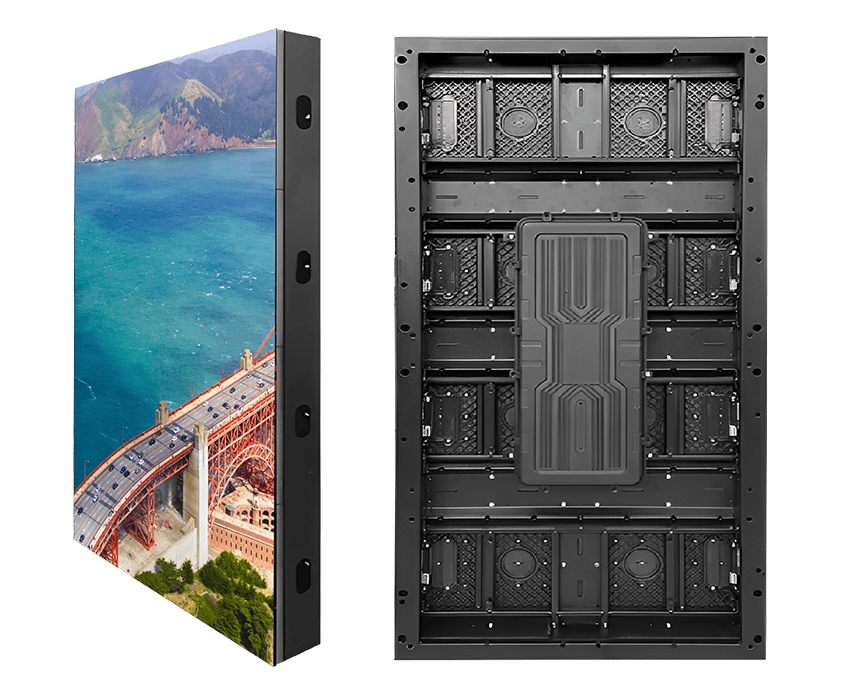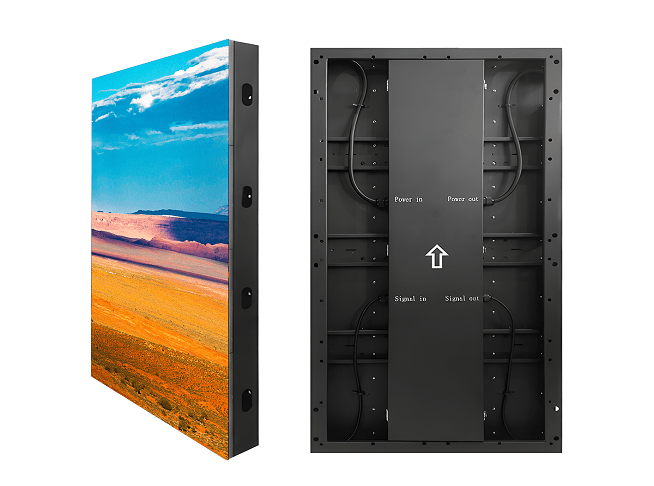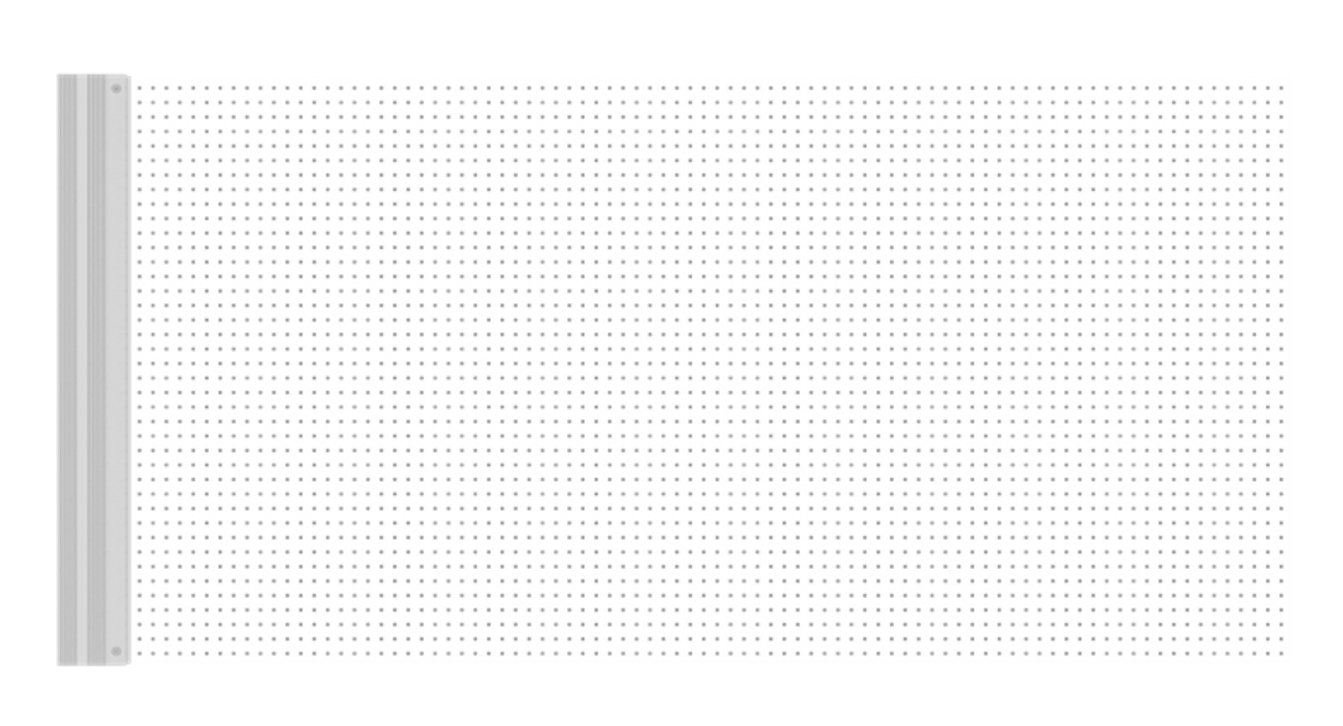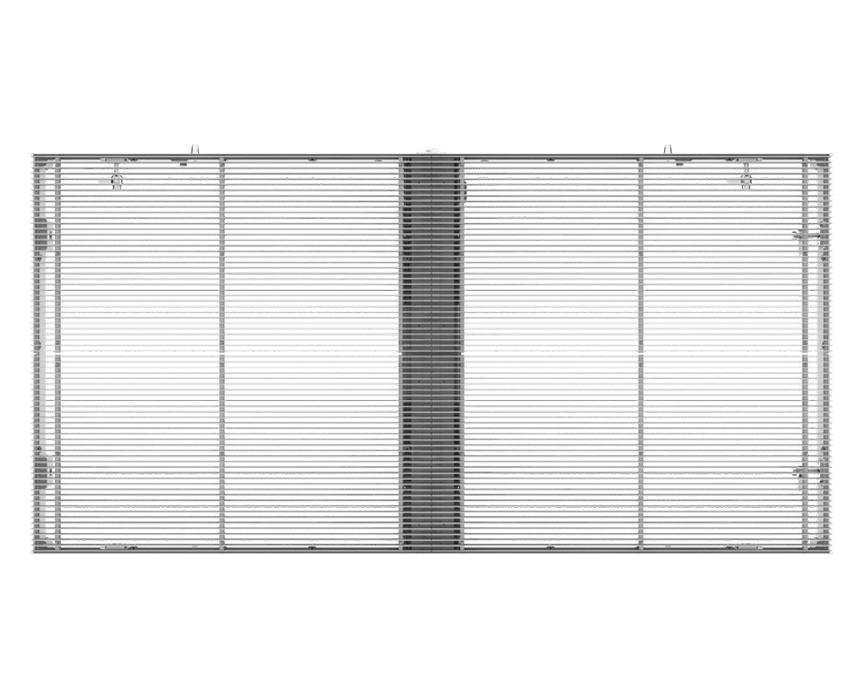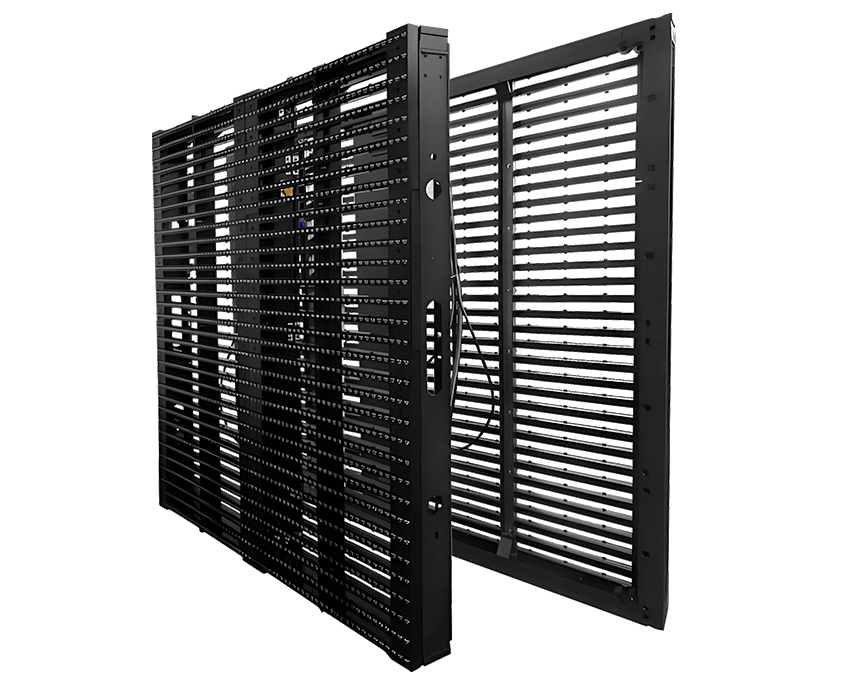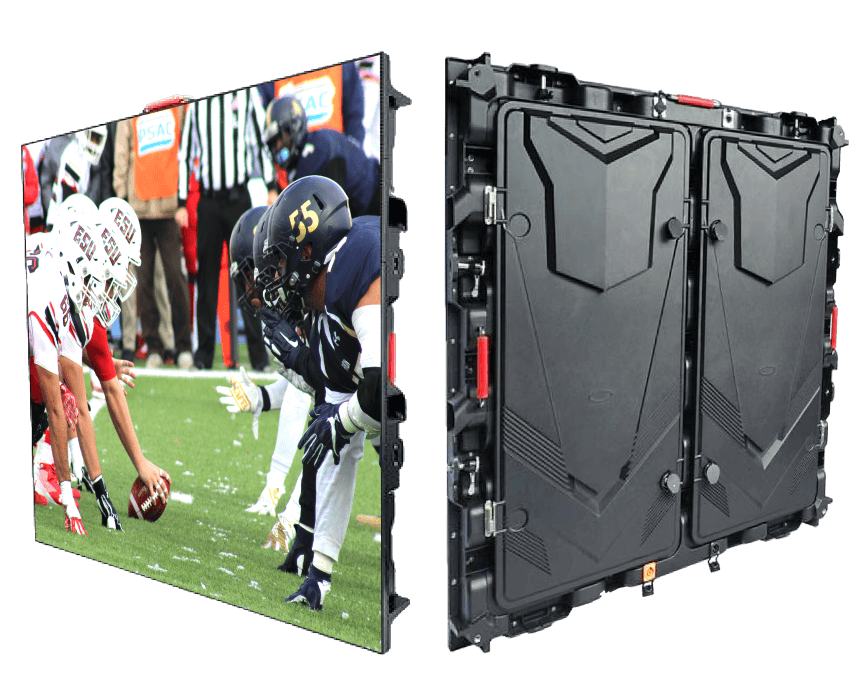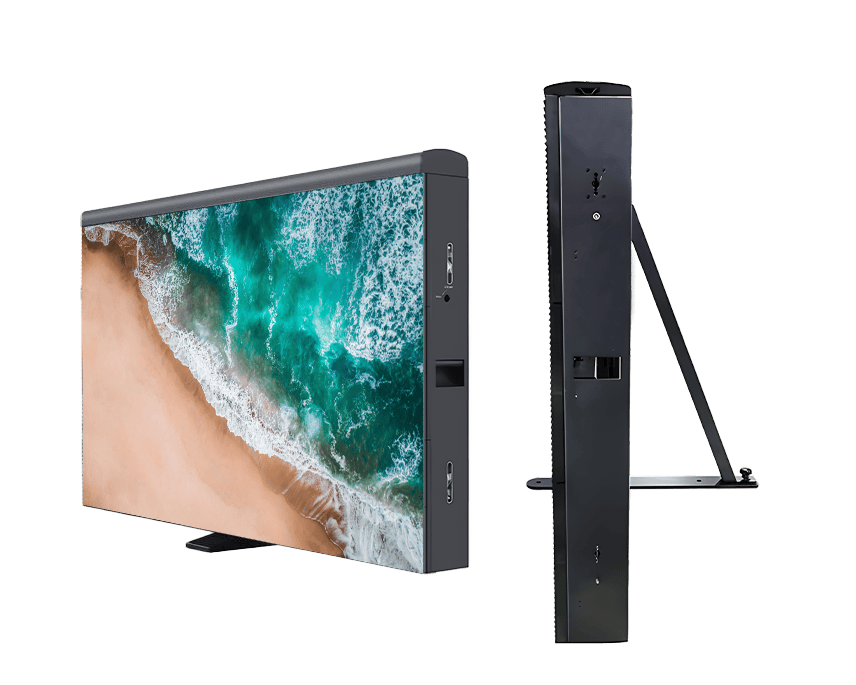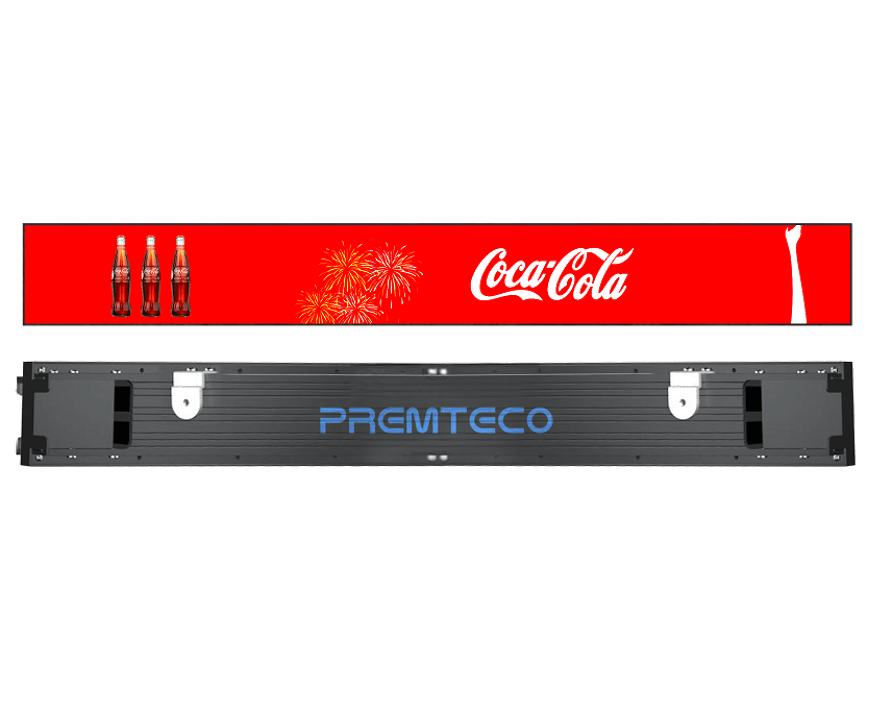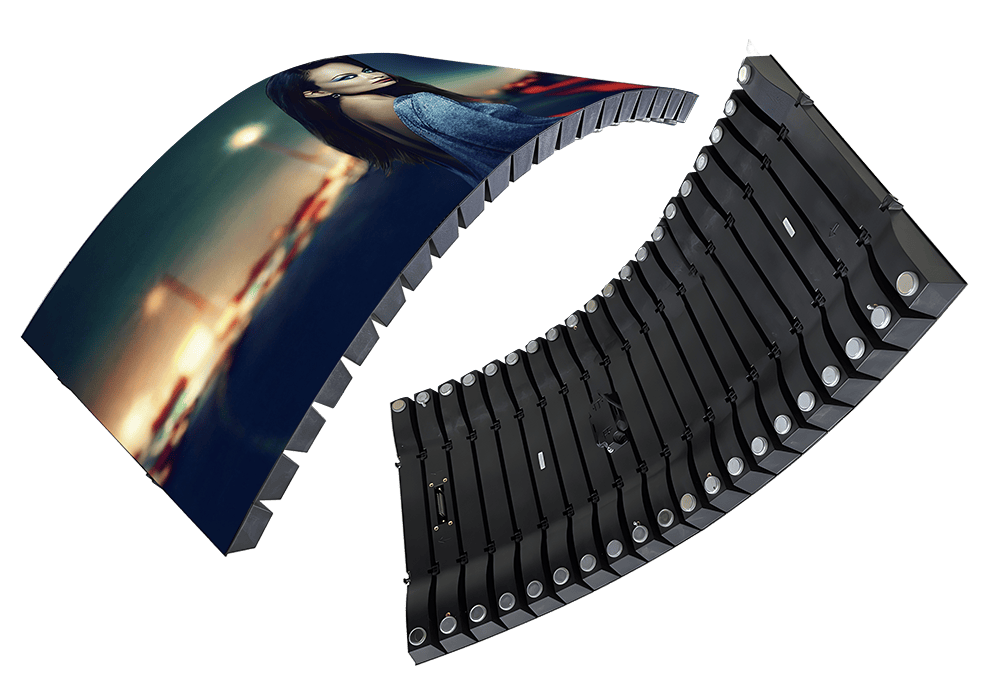In the world of technology, displays play a crucial role in our daily lives. Whether it's your smartphone, laptop, desktop monitor, or television, the quality of the display can significantly impact your overall experience. Two common types of displays that you may encounter are IPS (In-Plane Switching) and LED (Light Emitting Diode) displays. While these terms are often used interchangeably, they refer to different aspects of a screen's technology. In this article, we will delve into a comprehensive comparison between IPS and LED displays to help you understand their differences and make informed choices when purchasing electronic devices. In this article, we will delve into the intricacies of IPS and LED displays, shedding light on their differences and helping you make an informed decision when it comes to choosing the right display for your needs.
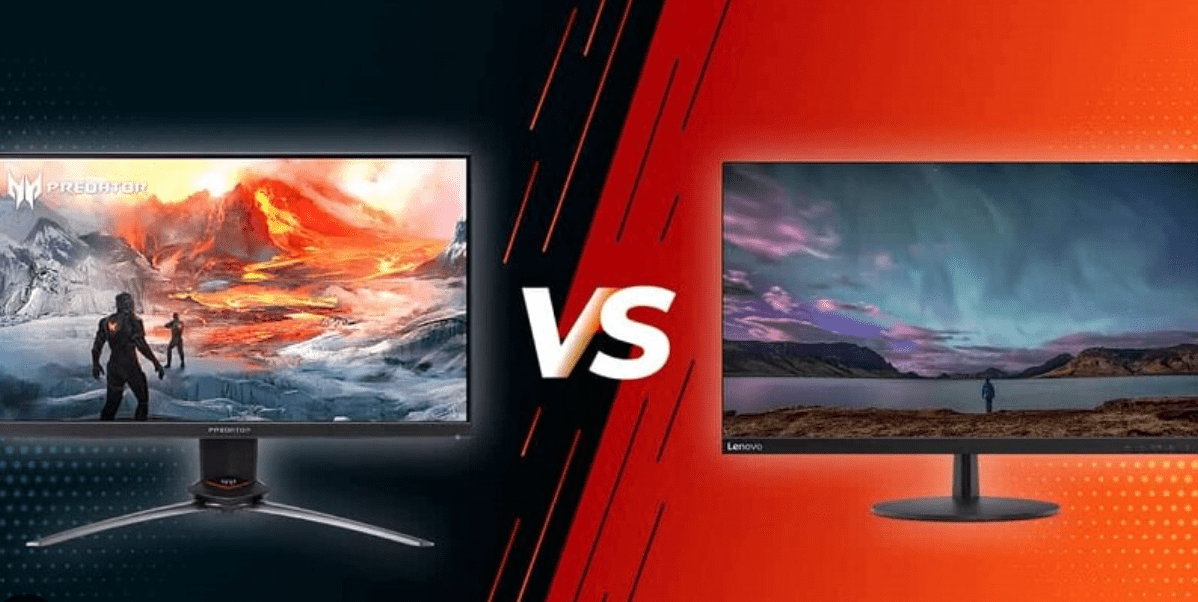
IPS Display Technology
IPS technology primarily pertains to the panel's design and how it manages liquid crystal molecules to control light transmission. Here are some key characteristics of IPS displays:
Color Accuracy and Viewing Angles: IPS displays are renowned for their excellent color accuracy and wide viewing angles. This means that the colors remain consistent and vibrant, even when viewed from different angles. This makes IPS displays ideal for tasks like professional photo editing, graphic design, and watching movies with friends or family.
Better Contrast: IPS panels generally offer better contrast ratios than older LCD technologies, resulting in deeper blacks and brighter whites. This enhances the overall visual experience and makes images and videos more immersive.
Slower Response Times: One drawback of IPS displays is their slower response times compared to other panel technologies like TN (Twisted Nematic). This can lead to motion blur in fast-paced gaming or video content.
Cost: IPS displays are often more expensive to manufacture than other types of displays, which can translate into higher prices for devices that feature them.
LED Display Technology
LED technology relates to the backlighting system used in many modern displays. There are two main types of LED displays: LED-LCD and OLED. Here are some key characteristics of LED displays:
-
Energy Efficiency: LED displays are highly energy-efficient. Unlike traditional fluorescent backlights, LEDs consume less power, resulting in longer battery life for devices and reduced electricity bills.
-
Thin and Lightweight: LED displays are thin and lightweight, making them ideal for slim and portable devices like laptops and smartphones.
-
Brightness: LEDs can achieve higher brightness levels compared to traditional CCFL (Cold Cathode Fluorescent Lamp) backlights. This is especially beneficial for outdoor visibility and HDR (High Dynamic Range) content.
-
Variety of Types: LED technology has evolved to include OLED displays. OLED (Organic Light Emitting Diode) displays do not require a separate backlight as each pixel emits its own light. This leads to true black levels, infinite contrast ratios, and faster response times. OLED displays are commonly found in high-end smartphones and OLED TVs.
Differences Between IPS and Led Display
Now, let's compare IPS and LED displays across various aspects:
Color Accuracy
IPS displays generally offer superior color accuracy and consistency, making them a better choice for professionals who rely on precise color reproduction.
Viewing Angles
IPS displays have wider viewing angles, ensuring that the screen's content looks good from almost any angle.
Response Time
LED displays, especially OLED, tend to have faster response times, which is advantageous for gaming and fast-paced content.
Contrast Ratio
OLED displays have infinite contrast ratios, providing deeper blacks and brighter whites, while LED-LCD displays also offer good contrast, though not as high as OLED.
Energy Efficiency
LED displays, including OLED, are more energy-efficient, leading to longer battery life in portable devices and lower electricity consumption.
Price
IPS displays are often more expensive to produce, making devices featuring them pricier compared to LED-LCD displays.
Aspects to Consider When Comparing IPS and LED display
Durability and Longevity
IPS panels tend to be more durable than OLED panels. OLED displays can be susceptible to burn-in, where static images displayed for extended periods may leave a permanent mark on the screen. LED-LCD displays, while not prone to burn-in, can experience backlight bleed or uniformity issues over time, affecting the quality of the display.
Applications
IPS displays are often favored in professional settings, such as graphic design, photography, and video editing, due to their color accuracy and wide viewing angles. LED displays, especially OLED, are popular in consumer electronics like smartphones, TVs, and tablets because of their thin form factor, vibrant colors, and energy efficiency.
Gaming
Gamers often prioritize fast response times and minimal motion blur. LED displays, particularly OLED, excel in this regard, making them a preferred choice for gaming monitors and gaming laptops.
While IPS displays may have slower response times, they are still suitable for most gaming scenarios and offer better color accuracy.
Size and Form Factor
IPS displays are versatile and can be found in a wide range of device sizes, from small smartphones to large desktop monitors.
LED displays, including OLED, are known for their slim and lightweight design, making them ideal for portable devices.
Power Consumption
OLED displays are known for their pixel-level control, allowing individual pixels to be turned on or off. This leads to energy savings when displaying dark content, as black pixels are essentially powered off.
LED-LCD displays are generally more power-efficient than older LCDs with fluorescent backlights, but they can't achieve the same level of energy savings as OLED.
Outdoor Visibility
LED displays, thanks to their high brightness capabilities, are better suited for outdoor use and direct sunlight, making them suitable for laptops and mobile devices used in various environments.
Cost vs. Performance
The cost of a device with an IPS or LED display can vary widely depending on factors like size, resolution, and brand. Generally, LED displays are more cost-effective, but premium OLED displays can be expensive.
Conclusion
In conclusion, the choice between IPS and LED displays involves a complex interplay of factors, and there is no one-size-fits-all answer. Your decision should be based on your specific use case, preferences, and priorities, whether it's for professional design work, gaming, general productivity, or multimedia consumption. Take the time to research and compare different models and consider seeking expert advice if needed to find the display that best suits your requirements. Ultimately, a well-informed choice will result in a more satisfying visual experience with your electronic devices. Both IPS and LED displays have their own strengths and weaknesses. IPS displays offer superior color accuracy and wider viewing angles, making them ideal for tasks that require precise color representation. LED displays, on the other hand, excel in terms of brightness, energy efficiency, and affordability. Ultimately, the choice between IPS and LED display technology depends on your specific needs and preferences.









